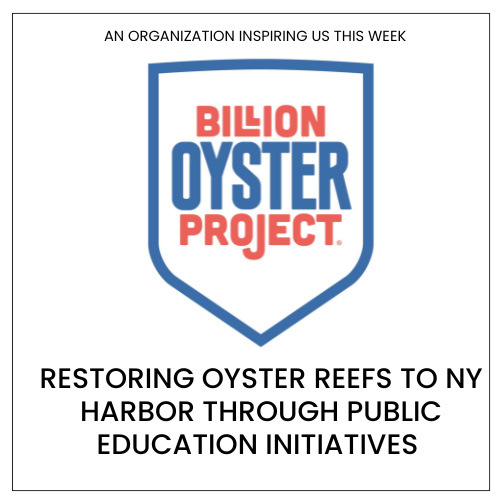Civic Science Observer
NextGen Voices on Global collaboration
by Fanuel Muindi
[dropcap]W[/dropcap]e need more travel funds for scientists in developing nations. Today’s global scientific community is more connected than any other time in history. The technology available today allows for fast and reliable communication between scientists in different countries, which is essential for collaborative research projects. However, technology alone is not sufficient for sustainable global collaboration between laboratories and research institutions spread across the world. The critical element that is still needed is the personal interaction between scientists. The biggest challenge to collaboration is the cost of traveling for scientists to visit each other’s labs and attend conferences on a regular basis. In particular, the costs associated with travel prevent many scientists in developing countries from visiting labs abroad, attending conferences, and teaching seminars. I think that more travel funds should be set up to increase the opportunities for scientists across the world to meet each other and develop close research and teaching collaborations. More important, more travel funds should be appropriated to student scientists that are currently in the pipeline to help them develop scientific relationships and collaborations early in their careers.
Fanuel Muindi is a former neuroscientist turned civic science scholar-journalist and entrepreneur. He is a Professor of Practice in the College of Arts, Media, and Design at Northeastern University where he leads the Civic Science Media Lab. Dr. Muindi received his Bachelor’s degree in Biology and PhD in Organismal Biology from Morehouse College and Stanford University respectively. He completed his postdoctoral training at MIT.

-
Civic Science Observer2 months ago
ScienceWriters2025 conference is actively seeking new venues, sponsors, and partners. Read their statement to explore ways to help.
-
CivicSciTV - Questions of the Day2 months ago
Part time bartender & scientist, JP Flores, talks about new funding to support a community engagement project in North Carolina
-
Civic Science Observer2 months ago
New survey explores what people in South Africa expect of publicly visible scientists – why it matters
-
CivicSciTV International2 months ago
Aquatic ecologist & Scicomm In Practice Fellow, Fridolin Ubald Dossou-Sognon, shares his experience





















